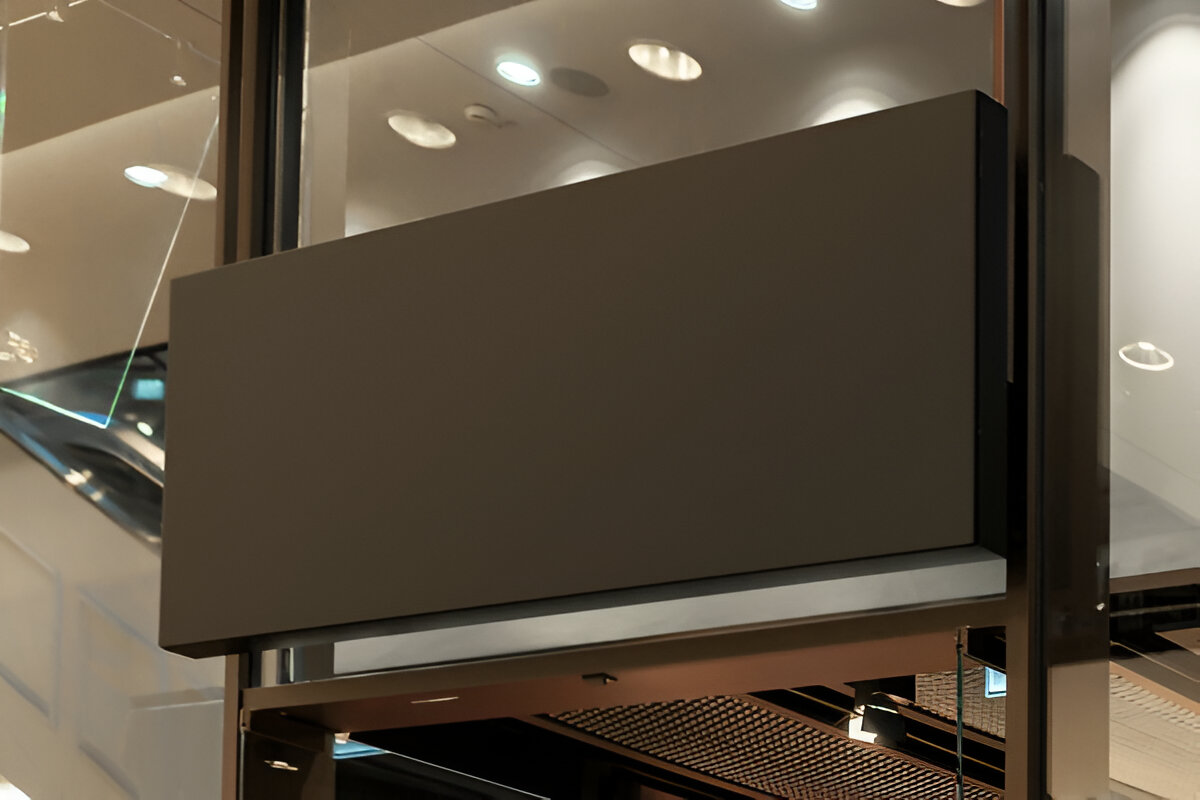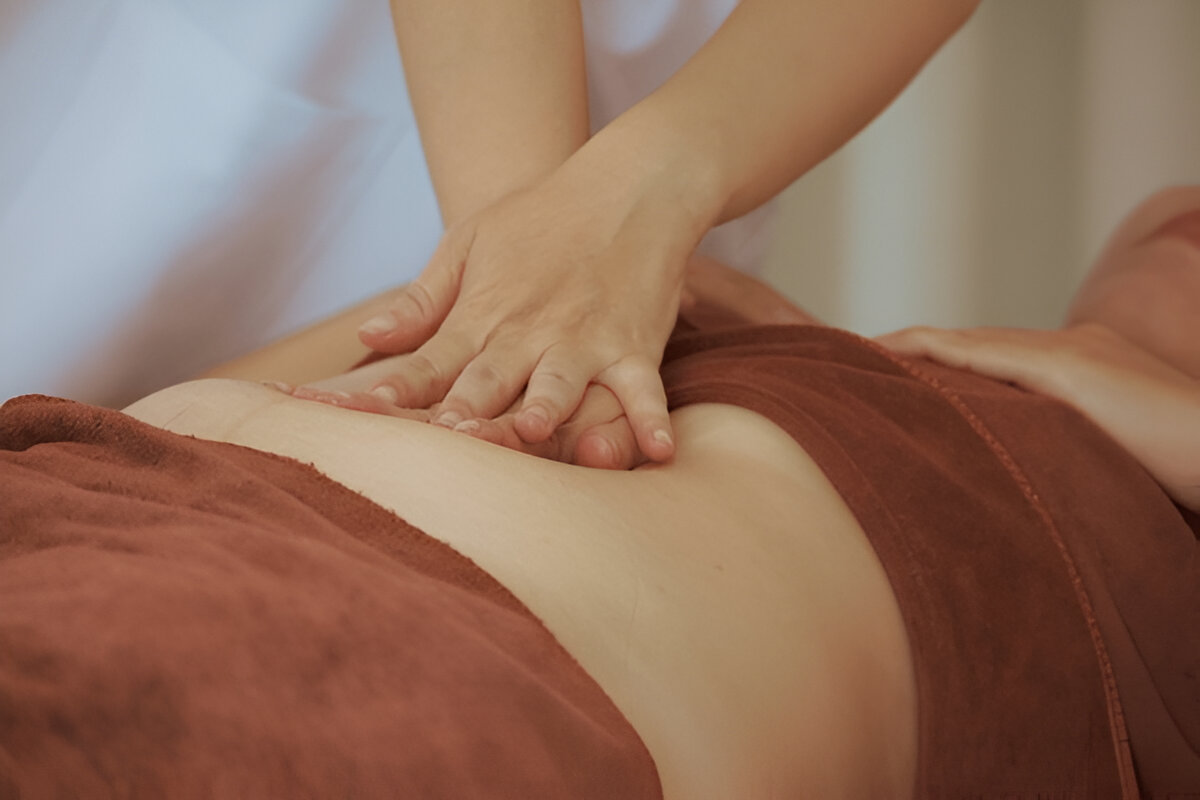In the ever-evolving world of fashion, women’s kurtas have carved a unique niche, seamlessly blending tradition with contemporary style. The kurta, a versatile garment worn across India for centuries, has witnessed remarkable transformations over time. Once primarily a symbol of heritage, it now doubles as a statement piece reflecting personal style, global trends, and modern sensibilities. Today’s women kurtas exemplify how designers are bridging the gap between heritage craftsmanship and modern design aesthetics.
The Timeless Appeal of Kurtas
The kurta has been an integral part of Indian wardrobes for centuries, worn by women across regions, religions, and social classes. Traditionally, kurtas were simple garments made from cotton or silk, adorned with hand-embroidered patterns or woven designs representing local artistry. Each region in India boasts its own unique style of kurta-making:
- Lucknow: Famous for Chikankari embroidery, which delicately patterns cotton and muslin fabrics.
- Gujarat: Known for mirror work and vibrant patchwork, showcasing bold, colorful designs.
- Rajasthan: Incorporates Bandhani tie-dye techniques that create intricate patterns on flowing fabrics.
- Bengal: Offers Baluchari silk kurtas featuring elaborate woven motifs inspired by mythology and nature.
These traditional elements have preserved the cultural essence of India, making kurtas more than just clothing—they are wearable art that tells a story.
Modern Women Kurtas: Reinventing Tradition
While heritage craftsmanship forms the backbone of the kurta, modern designs have infused them with versatility, practicality, and global appeal. Contemporary women kurtas feature a range of innovative silhouettes, fabric blends, and functional details tailored to the lifestyles of today’s women.
Fusion of Fabrics
Modern kurtas often blend traditional fabrics like silk, khadi, and cotton with synthetic fibers to create durable, easy-to-maintain garments. Linen kurtas, for instance, combine comfort with elegance, ideal for both office wear and casual outings. Designers are also experimenting with chiffon, georgette, and organza, making kurtas suitable for formal events and celebrations.
Experimenting with Cuts and Silhouettes
Classic straight-cut kurtas are now complemented by A-line, asymmetrical, high-low, and angarakha styles. Such variations allow women to express individuality while staying rooted in cultural aesthetics. Modern kurtas also incorporate side slits, pleats, and capes, transforming a traditional outfit into a contemporary fashion statement.
Prints and Patterns
From heritage-inspired block prints to geometric patterns, modern kurtas reflect the global trend of combining cultural motifs with contemporary design. Floral embroidery, ikat weaves, and digital prints coexist with metallic embellishments and minimalistic designs, offering a spectrum of choices for women of all ages.
The Role of Handicrafts in Modern Kurtas
Heritage crafts are central to the modern kurta revolution. Artisans from different parts of India continue to preserve traditional techniques, which designers integrate into contemporary designs. This symbiotic relationship ensures that ancient skills survive in a market driven by fast fashion and urban aesthetics.
Chikankari Revival
Chikankari embroidery, originating from Lucknow, has evolved to feature bold motifs, unconventional colors, and machine-assisted stitching for faster production. Yet, its essence remains intact, adorning kurtas in delicate patterns that celebrate femininity and grace.
Handloom Weaves
Handloom fabrics like Khadi, Tussar, and Ikat have become staples in modern kurta collections. Designers blend these fabrics with modern cuts, creating outfits that appeal to both traditionalists and fashion-forward consumers.
Sustainable Practices
Modern consumers increasingly value sustainability, which has inspired designers to adopt eco-friendly dyes, organic fabrics, and handcrafted techniques. Women kurtas made with natural fibers and traditional craftsmanship not only reduce environmental impact but also empower local artisans by preserving cultural heritage.
Styling Modern Kurtas for Every Occasion
The versatility of women kurtas makes them suitable for various settings, from office meetings to festive celebrations. Styling plays a crucial role in transforming a simple kurta into a statement outfit.
Casual Wear
For daily wear, cotton and linen kurtas with minimal embroidery are paired with leggings, jeggings, or palazzos. Adding a statement scarf or ethnic jutti enhances the look without overwhelming simplicity.
Office Chic
Formal kurtas with subtle prints or monochromatic shades can be paired with tailored trousers or cigarette pants. A blazer or structured jacket over a kurta creates a sophisticated, professional ensemble suitable for corporate environments.
Festive Elegance
For festivals, weddings, or evening parties, designers craft kurtas with luxurious fabrics such as silk or organza. Embellishments like zari, sequin work, or mirror detailing add a regal touch. Pairing these kurtas with ethnic jewelry, statement footwear, and contrasting dupattas completes a festive look.
Contemporary Fusion
Fusion styling allows women to mix kurtas with western wear. A short kurta over denim jeans, or a long kurta with a belt, provides a global aesthetic while retaining ethnic roots. Modern kurtas thus serve as a bridge between Indian tradition and international fashion trends.
Global Influence on Women Kurtas
The evolution of the kurta is not confined to India; it has influenced and been influenced by global fashion. International designers often incorporate Indian textiles, embroideries, and silhouettes into runway collections, exposing traditional crafts to a worldwide audience.
Brands have also reimagined kurtas for a cosmopolitan consumer. For instance, kurtas featuring minimalist cuts, monochrome shades, and subtle embroidery appeal to urban women seeking a blend of elegance and ease. Social media platforms have further accelerated the popularity of kurtas globally, turning them into a symbol of cultural sophistication and modern fashion sensibilities.
Why Women Kurtas Are Here to Stay
Several factors contribute to the enduring appeal of women kurtas:
- Versatility: Suitable for casual, formal, and festive occasions.
- Comfort: Lightweight fabrics and relaxed silhouettes ensure ease of movement.
- Cultural Resonance: Heritage crafts embedded in kurtas foster a connection to cultural identity.
- Fashion-forward Design: Contemporary cuts, fabrics, and embellishments appeal to modern sensibilities.
- Sustainability: Handcrafted kurtas support eco-friendly fashion and artisan communities.
Supporting Artisan Communities Through Fashion
When women choose handcrafted kurtas, they contribute to the preservation of centuries-old techniques and support local economies. Many contemporary brands collaborate with artisans to ensure fair wages, skill development, and creative freedom. By integrating heritage crafts into modern designs, these partnerships promote cultural preservation while empowering women artisans across India.
The Future of Women Kurtas
As fashion continues to evolve, women kurtas are likely to embrace greater experimentation with fabrics, colors, and silhouettes. Technological advancements, like digital printing and smart textiles, will coexist with age-old techniques, enabling designers to push the boundaries of creativity while respecting traditional craftsmanship.
Sustainability will remain a key driver, with brands prioritizing organic materials, low-impact dyes, and ethical production processes. Moreover, global fashion influences will continue to shape kurta designs, ensuring they remain relevant, stylish, and universally admired.
Conclusion
Women kurtas beautifully embody the marriage of heritage craft and modern design. They reflect India’s rich cultural tapestry while catering to the tastes of contemporary women seeking elegance, comfort, and style. From intricate hand embroidery to innovative silhouettes, modern kurtas prove that tradition and trend can coexist harmoniously.
By choosing a kurta, women not only embrace a piece of fashion history but also participate in a movement that supports artisan communities, sustainable practices, and global appreciation for Indian craftsmanship. The kurta, timeless and adaptable, will continue to evolve, reminding us that fashion is not just about clothing—it is an expression of identity, creativity, and culture.


